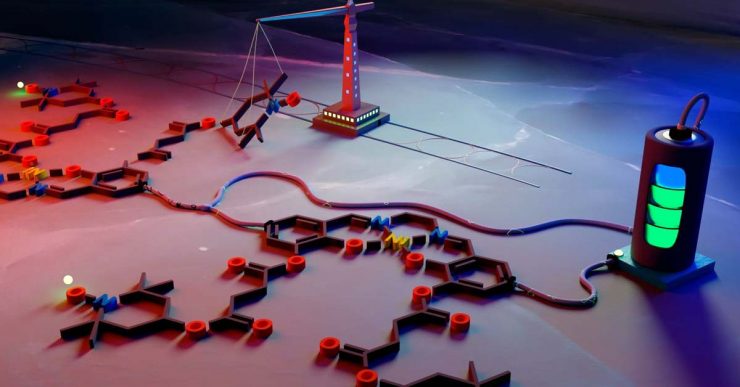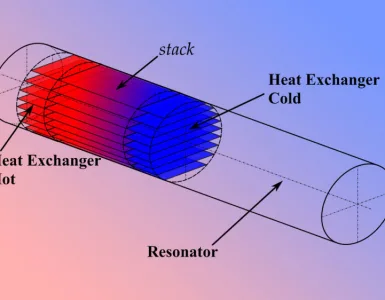A recent topic of conversation at ScienceAlert is that New type of battery can charge 10x faster than lithium-ion models. Some of the focal points of the articles are highlighted here. Lithium-ion batteries have revolutionized the world of charging, fundamentally shifting the portable technology as we know it today. This convenient, omnipresent, Nobel Prize-winning battery chemistry can be witnessed all around us, powering up everything ranging from smartphones to gaming devices, even earbuds, tablets, and many more. But, Lithium-ion is not as ideal as it seems.
In the past there had been reported incidents of flaws in the battery cells, leading to reduce performance over time, overheating, and fire hazards, where companies had to rapid recalls of devices as they can explode unpredictably. People with laptops, smartphones,etc., can vouch for the sluggish charging up of these devices. Well, scientists have good news to share.
Oleg Levin, an electrochemistry researcher from St Petersburg University, has manufactured a battery using polymer, that charges in seconds- almost 10 times quicker than a lithium-ion battery, offering a huge time-saving advantage. The new material is a nitroxyl-based redox polymer, undergoing reversible reduction (gain of an electron) and oxidation (loss of electron) during charging and discharging. These polymers have electron hopping as a charge-transport pathway, which is faster microscopically than macroscopically (which seems too low).
In the lab, out of different polymers studied,NiSalen chemistry is found to be most steady and efficient, because of the conductive foundation of Nickel and Salen. They act two ways, one as a charge collector for nitroxyl pendant and the other as a support for redox capacity. Unlike, temperature-sensitive lithium-ion battery, NiSalen can work efficiently in low temperatures, stretching its effectiveness in all areas.
Nevertheless, Levin believes that it lags with regards to capacity as it is 30% to 40% lower than Lithium-ion batteries. Therefore, scientists are trying to buildup capacity while preserving the charge-discharge rate. In theory, Nitroxyl-based polymers have good capacitive potential so the scientists will soon find out a way to modify the battery so that it bargains winning conductivity and vigorous charging.
Beyond the advantages of speedy charging, some other benefits that this new type of battery has to offer. For example; it is not a combustion or fire hazard, contrary to lithium or cobalt-based batteries. Levin also added that the new polymer-based batteries are more environmentally friendly as they contain less metal, that is; the quantity of Nickel is far less in the polymer than in Lithium-ion batteries.
To conclude, it can be safely said that soon redox-active, nitroxyl-containing polymers can replace the inorganic (lithium or cobalt) based batteries because of their high energy density and faster redox kinetics once the issue of insufficient electrical conductivity has been resolved.
Keywords:
Lithium-ion batteries, Cobalt batteries, nitroxyl-based redox polymer, nickel-salen complex (NiSalen), polymer-based batteries, faster batteries.














Add comment